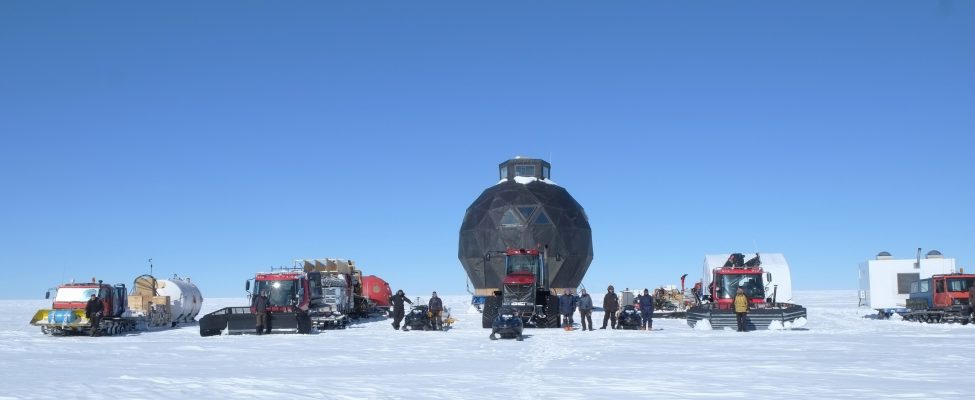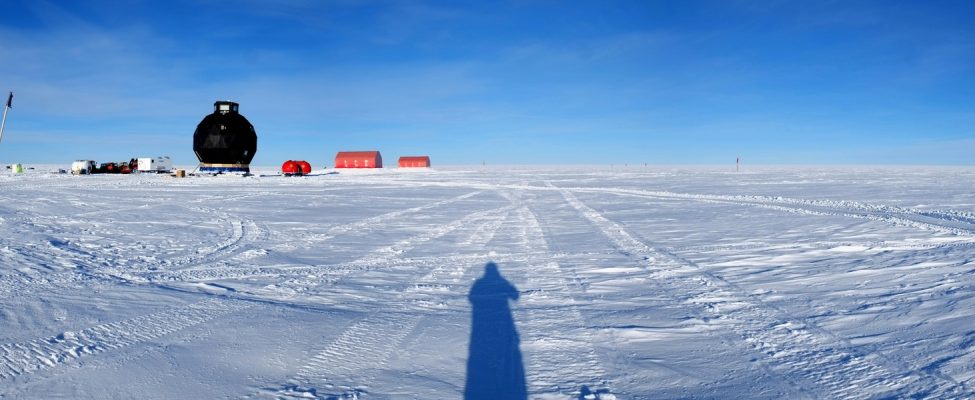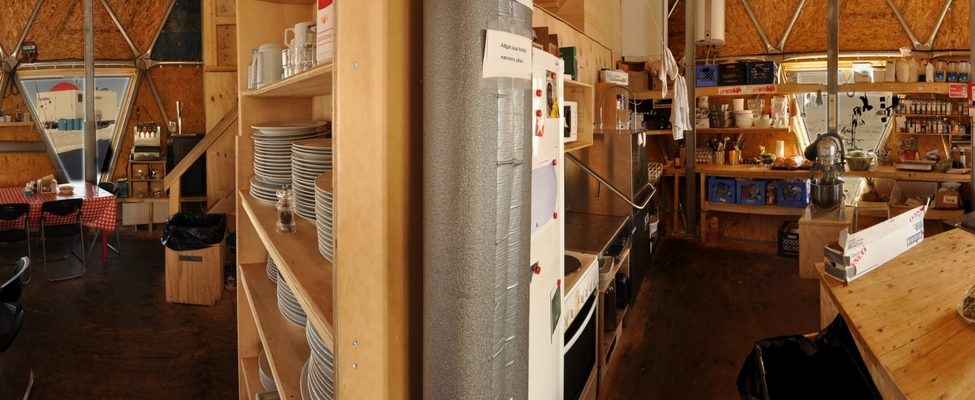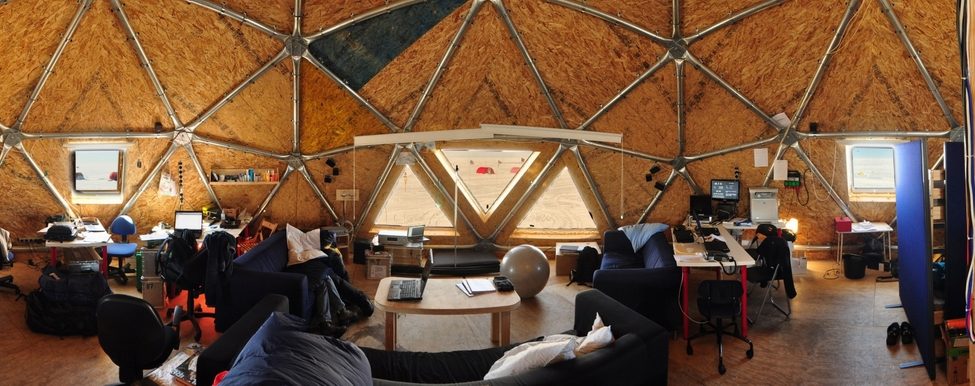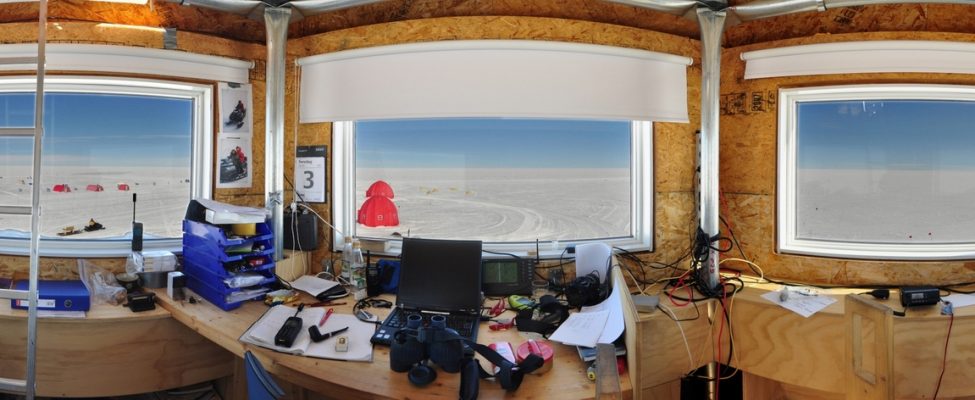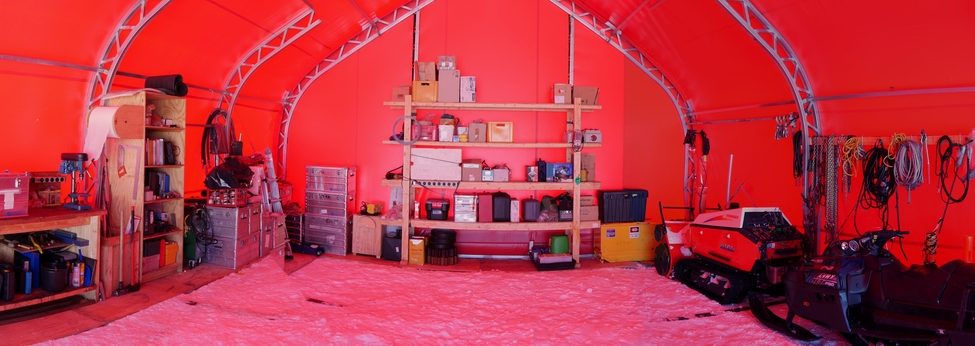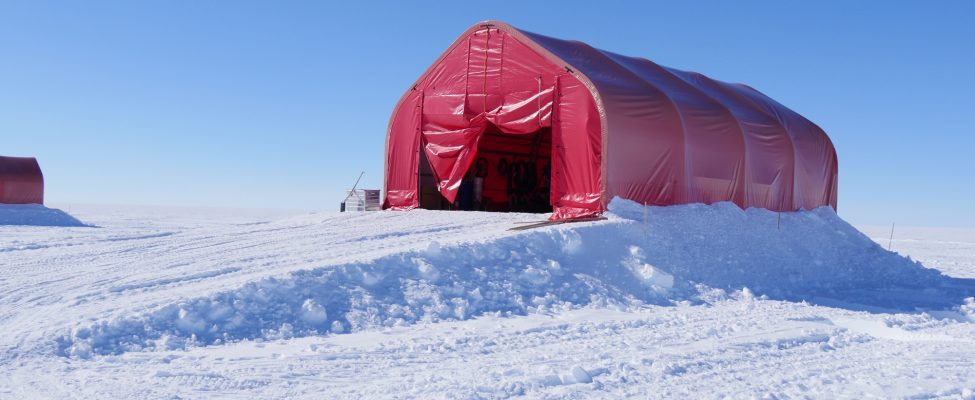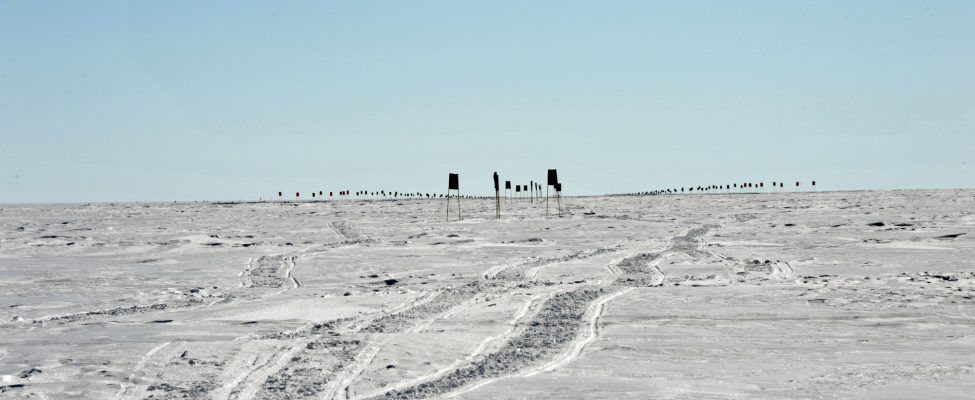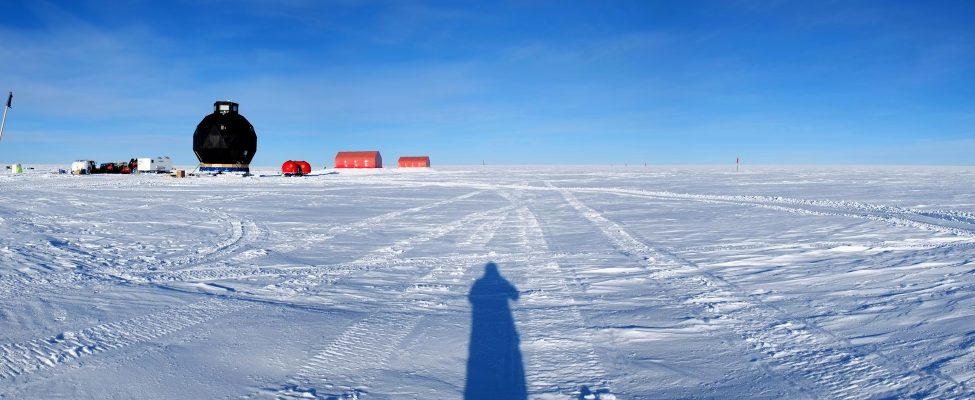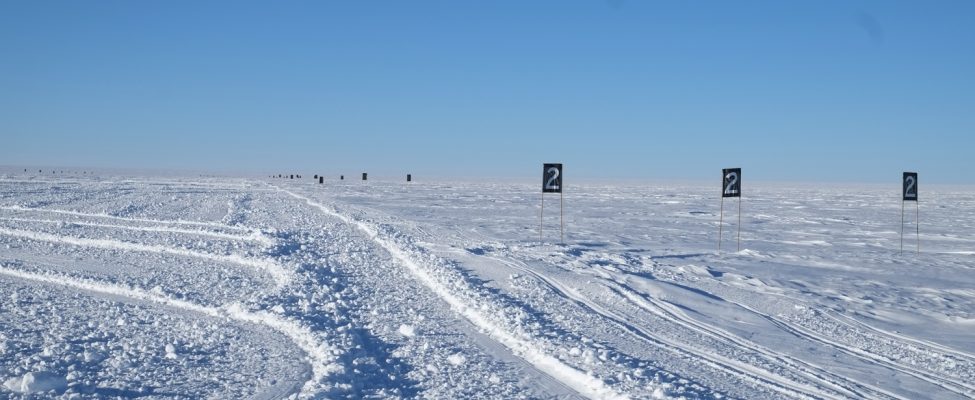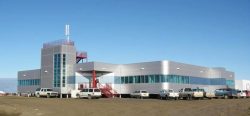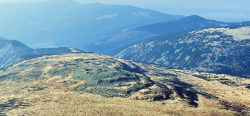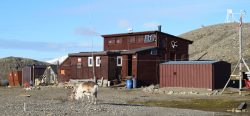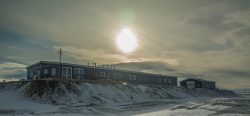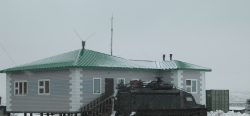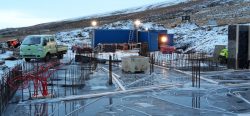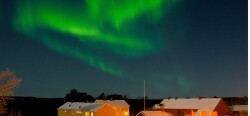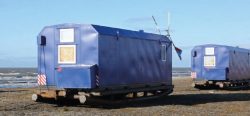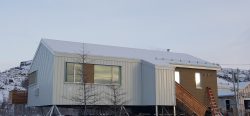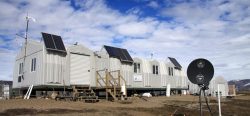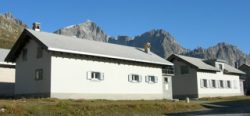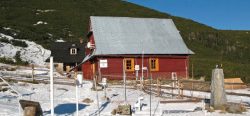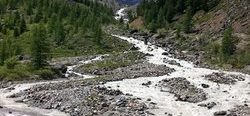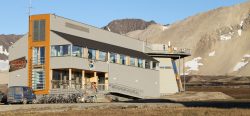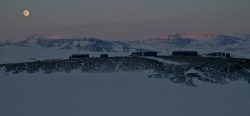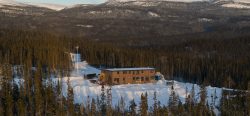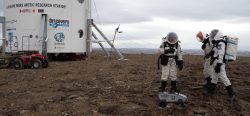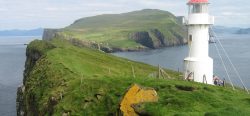Contact Details
Physical address during field work (20.april to 25.august): EGRIP, Box 12, DK-3910 Kangerlussuaq, Greenland. (Office is located in room 208 in building 662 (KISS)). Tel +299 84 11 51, cell +299 52 41 25.
www.iceandclimate.nbi.ku.dk
- Phone: +299 84 11 51 or +299 52 41 25.
- Link: https://www.eastgrip.org/
STATION NAME AND OWNER
EGRIP (East Greenland Ice drilling Project) owned by Centre for Ice and ClimateThe average weather we would expect over a long period of time (seasons, years, decades). Climate varies from place-to-place across the Earth. Climate is determined by long-term (over at least... More, Niels Bohr Institute, University of Copenhagen, Denmark.
LOCATION
The station is located on the North East Greenland Ice SheetA mass of glacial land ice extending more than 50,000 square kilometers (20,000 square miles). The two ice sheets on Earth today cover most of Greenland and Antarctica and together... More (75 38’ N, 36 00’ W, 2704 m a.s.l.) within the North East Greenland National park. Scientific reference area is a 50 by 50 km square with the station in the centre. The station is on the centre axis of the North East Greenland Ice Stream (NEGIS), 480 km from Danmarkshavn, 690 km from Ittoqqortoormiit and 350 km NNE of Summit Station. Due to its location in the ice stream, the station moves 50 m NNE per year.
BIODIVERSITY AND NATURAL ENVIRONMENT
Landscape is flat and white with only slight variations in altitude in the vicinity of the station. The annual average temperature is around -28 C and annual snowfall is around 180 mm water equivalent. Temperatures above 0 oC are extremely rare. Birds (geese, seagulls and finches) are the only observed life forms migrating across the Ice Cap.
In 2016, a polar bear was encountered at EGRIP. After receiving permission from Greenland Authorities, the bear was put down. This encounter is one of very few on the Greenland ice sheetA mass of glacial land ice extending more than 50,000 square kilometers (20,000 square miles). The two ice sheets on Earth today cover most of Greenland and Antarctica and together... More. EGRIP is 350 km from nearest edge of the ice sheetA mass of glacial land ice extending more than 50,000 square kilometers (20,000 square miles). The two ice sheets on Earth today cover most of Greenland and Antarctica and together... More and at more than 2700 m altitude. In 2018, another polar bear was encountered. The camp has now upgraded procedures for polar bear encounters and has an active doppler radar that detects movement in a ring 2km to 5 km around camp.
As the camp has not been occupied since 2019, several structures are partly buried in snow and it is a priority to excavate the structures and lift them to the present snow surface. There will be activities at EGRIP in 2021 (hopefully) and in 2022.
HISTORY AND FACILITIES
The station was established in 2015 when the former NEEM ice core drilling station was towed by tractor 465 km to EGRIP. The station has a capacity for 25 (peak 40) residents and there is a doctor, a cook and mechanics on site. The station facilities include kitchen, dining area, bath room, laundry, lounge, electronics workshop, office space with internet, sickbay and flight operations office, carpenters workshop, mechanics workshop and storage. Vehicles at the station include tracked vehicles, snowmobiles and snow throwers. There is also an underground drilling and science area with snow caves and connecting tunnels. Access to underground areas is by elevators and stairs.
GENERAL RESEARCH AND DATABASES
Main research fields are deep ice coring and ice core analysis. Studies of processes at the base of the ice stream and of surface snow composition are also conducted at the station together with weather observations and studies using airborne radar, GPS network, seismic sensors and other geophysical methods. Data and detailed information will be made available on www.iceandclimate.dk.
HUMAN DIMENSION
Nearest human habitation is Danmarkshavn (weather station – 480 km away). Nearest settlement is Ittoqqortoormiit (690 km away).
ACCESS
The station is accessible by ski equipped aeroplanes only. Station features a 60 m wide and 3.6 km long marked skiway with a 3.6 km marked lead in each end. Fuel is stored in 3 x 15,000 liter steel fuel tanks with an air craft fuel pump with 1000 liter per minute capacity. Flight time from Kangerlussuaq 2.5 hr by LC-130, 5.5 hr by Twin Otter or 4.5 hr by Basler.
